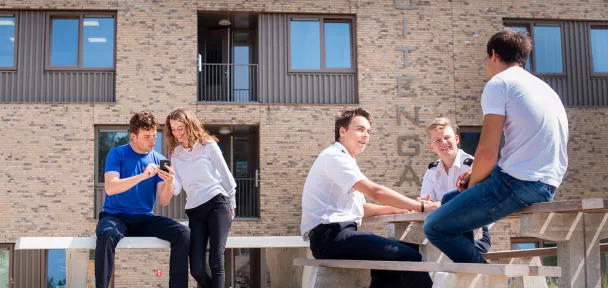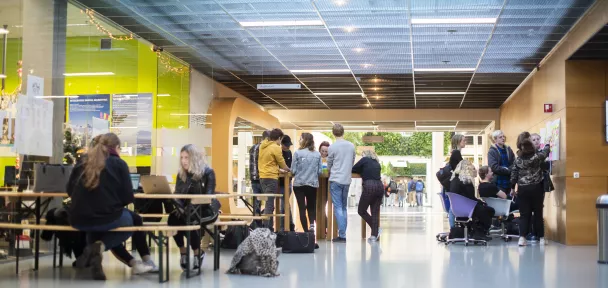
Municipalities are increasingly confronted with calls via social media that result in public order disturbances. Examples include the curfew riots and online paedo-hunters. Together with the Cybersafety research group of NHL Stenden University, Noord Holland Samen Veilig (NHSV) is collecting concrete experiences of identifying and intervening in online public order disturbances in the region of Noord-Holland. These serve as the basis for the development of an intervention map for municipalities.
What is the reason for the project?
The lion's share of our communication takes place via the Internet. WhatsApp, forums and social media have become part of many people's daily lives. This increase in scale offers possibilities and opportunities, but unfortunately the same online media are used to disrupt public order and safety in municipalities. Examples are the online distribution of disinformation and online calls for (illegal) events and demonstrations. In the past year, many mayors, together with the police and the Public Prosecution Service, have had to switch gears in a short period of time in order to curb possible disturbances of the public order as a result of online calls for riots. Online statements and calls regularly lead to social unrest.
What issues does the project address?
To be able to act quickly, insight is needed into what works under what circumstances. This project contributes to the development of an intervention map with current and concrete detection and enforcement possibilities against online disturbances. The main objective of the research is to map out interventions and the way municipalities identify and or collect online signals within the NHSV region. Besides focusing on many (new) municipal experiences in the field of interventions and online signals (monitoring), attention will also be paid to the knowledge and opinions of municipal stakeholders in this area. With the research-based intervention map, municipalities can react more quickly and better identify and enforce possible online disturbances. The project is aimed at increasing the (practical) action perspectives of municipalities in case of concrete incidents.
Project team
The research is conducted by the Research Group Cybersafety of NHL Stenden University, specifically by Willem Bantema and Sipke de Vries.
Project approach
By means of a short questionnaire among relevant stakeholders within the participating municipalities, we will draw a first picture of the experiences that have been made. We use the results of the inventory for the focus group discussions per specific municipality. The recent studies by the Cybersafety research group serve as a basis for the inventory. It is expected that focus groups will be held with about 10 municipalities. Various municipal stakeholders will be present at those focus groups, such as Public Order and Safety (OOV) employees, Communication, a mayor, an OOV lawyer and a colleague with a cyber portfolio. The results from the focus groups are analysed thematically and provide a picture of cases and interventions and of how municipalities deal with online signals. The research product is a concise report of the regional 'picture'.
What are the main (or preliminary) results?
Insight into:
- new current cases within the region
- administrative experiences
- working and non-working interventions against online riots
- Safety and legal sustainability of the way municipalities observe or collect online signals



